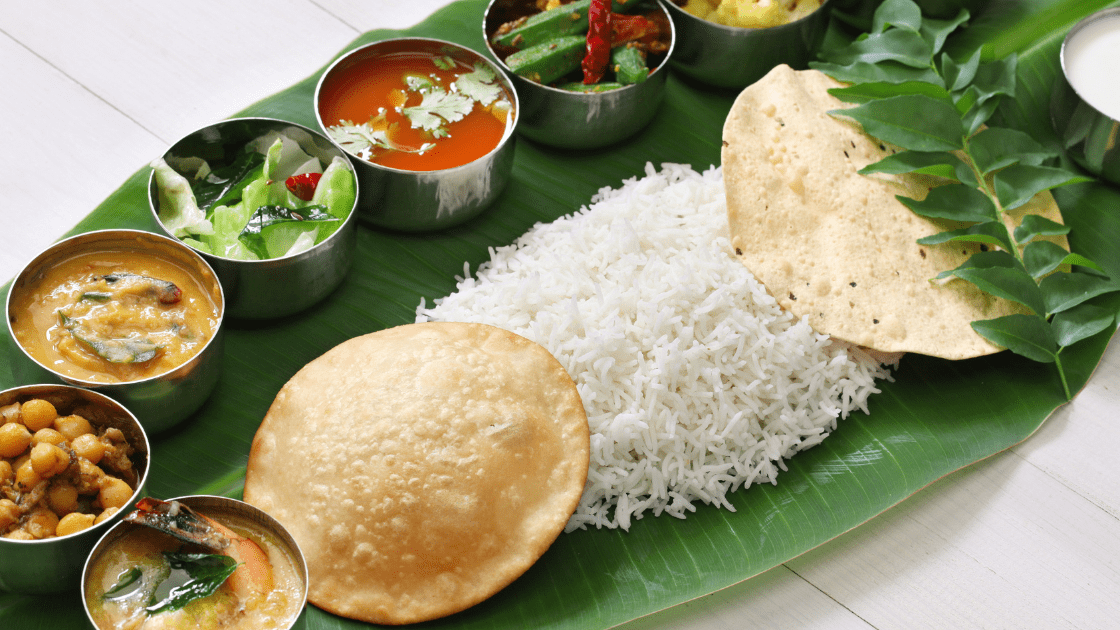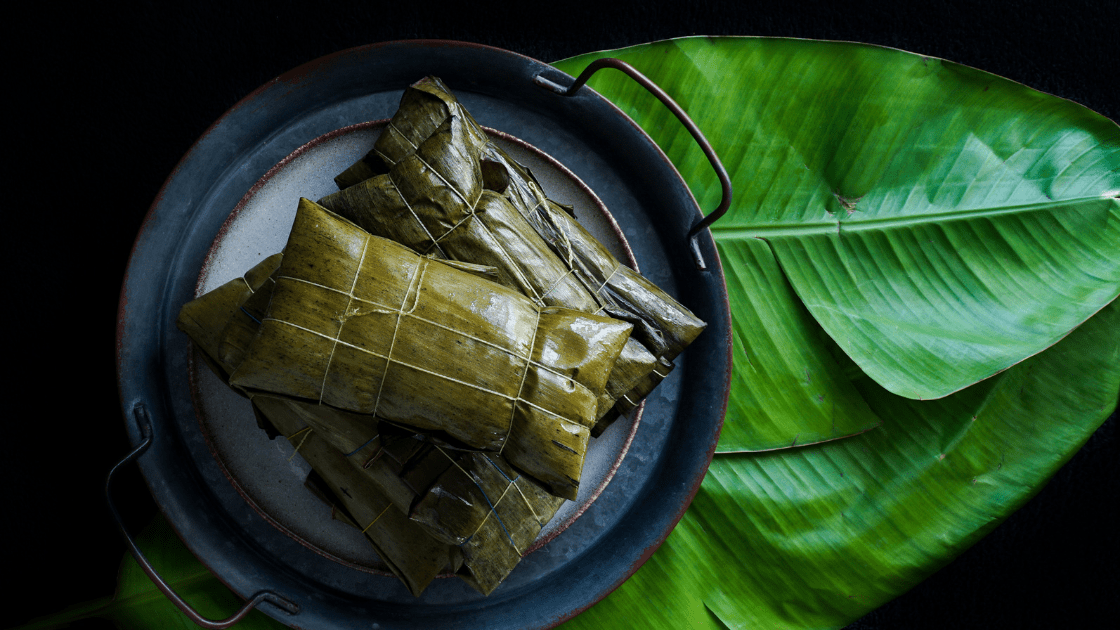Indian cuisine is renowned worldwide for its rich flavors, aromatic spices, and diverse culinary traditions. One unique aspect of Indian dining culture that often captivates both locals and foreigners alike is the practice of cooking and eating in banana leaves. This age-old tradition holds deep cultural significance and plays a vital role in shaping the gastronomic experience of the Indian subcontinent. In this article, we delve into the reasons behind why Indians cook and eat on banana leaves, exploring the historical, environmental, and health-related aspects of this cherished tradition.
Historical Roots:
The tradition of using banana leaves for cooking and serving food traces its roots back to ancient times in the Indian subcontinent. Historically, banana leaves have been abundantly available in the tropical regions of South India, where they were utilized for various purposes ranging from religious rituals to culinary practices. The earliest references to the use of banana leaves in Indian cuisine can be found in ancient texts such as the Vedas and the Puranas, which date back thousands of years.
Symbolism and Cultural Significance:

In Indian culture, food is not merely sustenance but a sacred aspect of life that is deeply intertwined with spirituality and tradition. The use of banana leaves in cooking and serving food holds symbolic significance in various aspects of Indian life. Firstly, banana leaves are considered auspicious and are often associated with purity and prosperity. In Hindu traditions, they are used in religious ceremonies and festivals as offerings to deities, symbolizing devotion and gratitude.
Moreover, banana leaves are biodegradable and environmentally friendly, aligning with the principles of sustainability and reverence for nature that are deeply ingrained in Indian philosophy. Unlike disposable plates or utensils, banana leaves decompose easily, minimizing waste and environmental impact. This aspect of the tradition reflects the Indian ethos of living in harmony with the natural world.
Practical Benefits in Cooking:
Beyond symbolism, there are practical reasons why banana leaves have been favored for cooking in Indian cuisine. One of the most significant advantages is the unique flavor that banana leaves impart to the food. When hot food is placed on a banana leaf, it releases subtle aromas and flavors, enhancing the taste of the dish. This natural infusion adds a distinctiveness to the culinary experience that cannot be replicated with other materials.

Additionally, banana leaves possess natural anti-bacterial properties, which help in preserving the freshness and hygiene of the food. The waxy surface of the leaves acts as a protective barrier, preventing contamination and retaining moisture. This makes banana leaves an ideal choice for serving food, especially in outdoor settings or during festive occasions where large gatherings are common.
Culinary Diversity:
The tradition of cooking and serving food in banana leaves is not limited to a particular region or community within India. Instead, it is a practice that is widespread across the country, albeit with regional variations in culinary techniques and flavor profiles. In South India, for instance, banana leaves are commonly used to prepare traditional dishes such as steamed rice cakes (idlis), savory pancakes (dosas), and spicy rice dumplings (adai). These delicacies are often accompanied by an array of chutneys, pickles, and curries, all served on the same banana leaf.
In other parts of India, such as the northeastern states of Assam and Manipur, banana leaves are utilized in unique ways to cook indigenous recipes like fish curries, bamboo shoots, and fermented rice cakes. Even in North India, where wheat-based bread like chapatis and naans dominate the culinary landscape, banana leaves find their place in festive meals and special occasions, symbolizing cultural unity amidst diversity.
Health Benefits of Cooking and Eating on Banana Leaves:
- Natural and Non-Toxic: Banana leaves are free from harmful chemicals or toxins, unlike plastic or metal plates, ensuring that the food remains uncontaminated and safe for consumption.
- Antioxidant-Rich: Banana leaves contain polyphenols and antioxidants, which may contribute to improved digestion and overall health when they interact with the food during cooking and serving.
- Hygienic Preservation: The natural anti-bacterial properties of banana leaves help preserve the freshness and hygiene of the food, reducing the risk of foodborne illnesses.
- Mindful Eating: Eating directly off a banana leaf encourages mindful eating practices, as it requires diners to engage all their senses and focus on the act of consuming the meal, potentially promoting healthier eating habits.
- Nutritional Enhancement: While the leaves themselves are not consumed, the transfer of beneficial compounds from the banana leaves to the food adds to its nutritional value, contributing to a balanced and wholesome diet.
- Digestive Aid: The subtle flavors and aromas released by the banana leaves during cooking can stimulate the appetite and aid in digestion, promoting better nutrient absorption and gastrointestinal health.
- Eco-Friendly Choice: Choosing banana leaves over disposable plates or plastic containers reduces environmental waste and pollution, aligning with principles of sustainability and environmental stewardship.
Preservation of Tradition:
In the face of modernization and changing dietary habits, the tradition of cooking and eating in banana leaves continues to endure as a symbol of cultural heritage and identity. Despite the availability of modern alternatives such as disposable plates or plastic containers, many Indians still prefer the traditional method, especially during festivals, weddings, and religious ceremonies. For them, the act of sharing a meal on a banana leaf evokes a sense of nostalgia and connection to their roots, preserving a culinary tradition that has been passed down through generations.
Conclusion:
In conclusion, the practice of cooking and eating in banana leaves is deeply ingrained in the fabric of Indian culture, encompassing spiritual, environmental, and practical dimensions. From its historical roots to its modern-day significance, this age-old tradition reflects the timeless values of sustainability, community, and reverence for nature that define Indian society. As India continues to evolve in the 21st century, the tradition of dining on banana leaves serves as a poignant reminder of the country’s rich culinary heritage and its enduring relevance in an ever-changing world.









